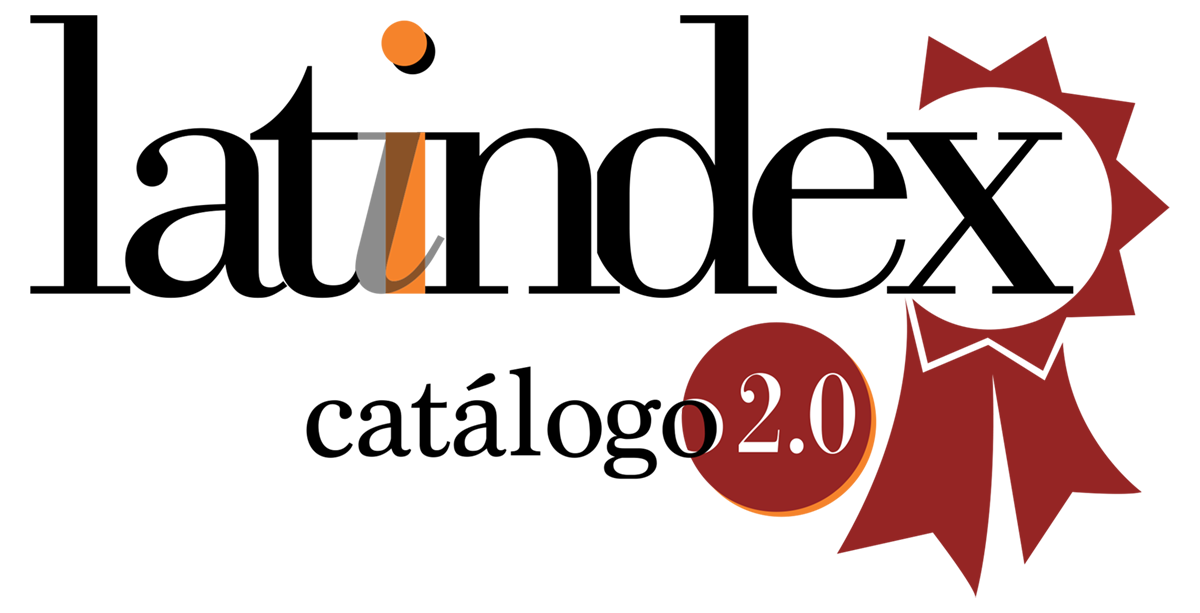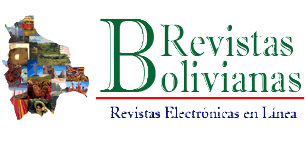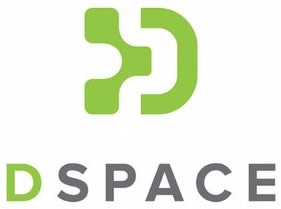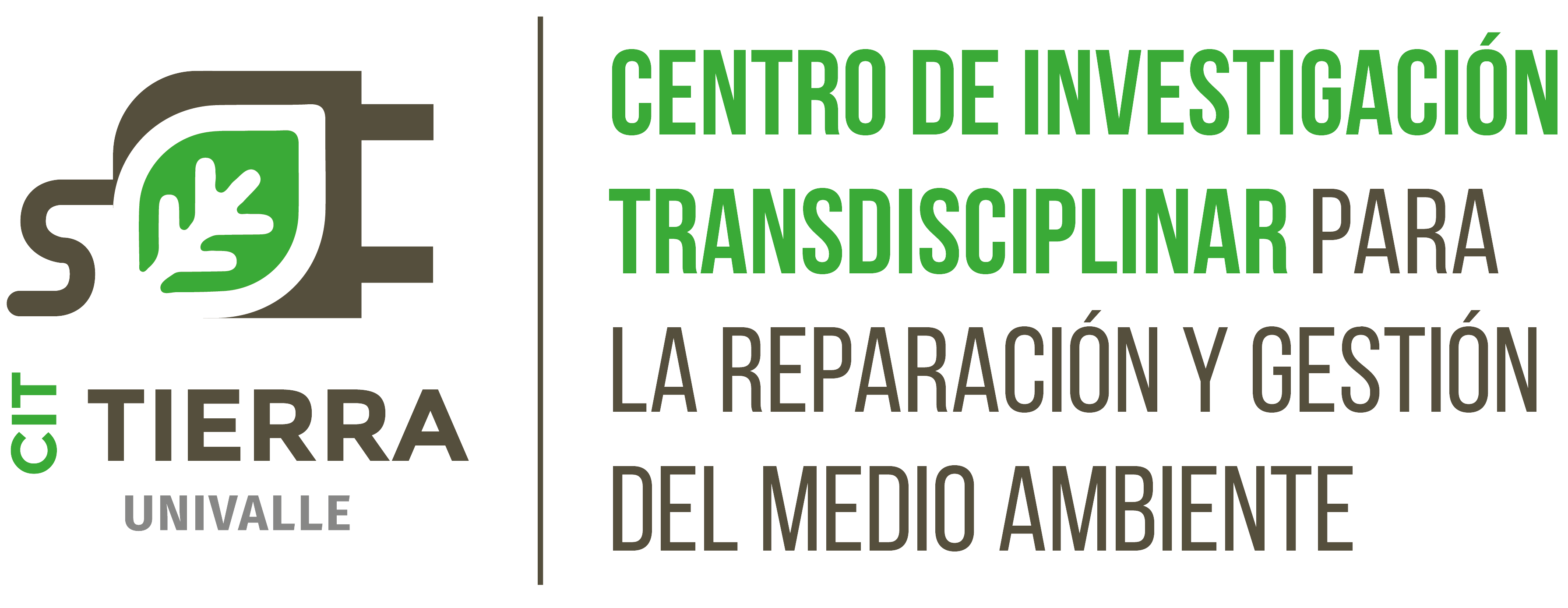Prototipo del Sistema de Llamada Selectiva (SELCAL)
DOI:
https://doi.org/10.52428/20758944.v20i56.1170Palabras clave:
SELCAL, prototipo, ESP32, comunicaciones, aeronavesResumen
En el presente trabajo se realizó el modelamiento de hardware del sistema de comunicación SELCAL correspondiente al ATA 23 del sistema de comunicaciones de la aeronave, presente en todas las aeronaves. Este sistema tiene como propósito discriminar las llamadas realizadas desde un SELCAL de tierra mediante señales de radiofrecuencia, usando una codificación binaria de 16 bits compuesta por 4 caracteres únicos para cada aeronave. Si la llamada es dirigida a una estación a bordo determinada, el código de caracteres configurado en la aeronave debe coincidir con el código marcado en la estación terrestre, emitiendo una alerta audible y visible para la tripulación.
Para el desarrollo del prototipo, se utilizó la plataforma open hardware ESP32, que permitió crear un modelo funcional con características específicas. Se diseñó una interfaz gráfica de software mediante Microsoft Windows Forms para el emisor en la estación de tierra y una interfaz de hardware con LEDs y dip-switches para configurar el código binario del receptor. Como resultado, se implementó un transmisor en tierra y un sistema de recepción SELCAL a bordo de la aeronave, con una configuración binaria eficaz, permitiendo incluso la interacción de múltiples sistemas SELCAL en aire. Sin embargo, el prototipo abarca solo el primer código alfanumérico de los cuatro que conforman el código convencional de una aeronave comercial.
El prototipo ha permitido modelar la estructura básica del sistema SELCAL, y se destacó que el uso del ESP32 es adecuado para este tipo de aplicaciones, gracias a sus amplias prestaciones inalámbricas. La conexión entre Windows Forms y el ESP32 mediante el puerto serial facilita la interacción directa con el hardware, permitiendo configurar de manera flexible los terminales y ejecutar diferentes escenarios. Aunque se identificaron limitaciones en cuanto al número de códigos que se pueden manejar, este modelo cumple una función educativa, ofreciendo una plataforma que permite a los estudiantes interactuar con tecnología actual, abriendo así oportunidades para futuras investigaciones y mejoras en los sistemas de comunicación aeronáutica.
Descargas
Citas
Barriga, J. A. (2021, junio 18). La importancia de prototipar para generar soluciones innovadoras en la educación. La Palabra Maestra. Recuperado de : https://www.compartirpalabramaestra.org/actualidad/columnas/la-importancia-de-prototipar-para-generar-soluciones-innovadoras-en-la-educacion.
Gómez, V. (2009, mayo 12). ¿Sabías... qué es el SEL-CAL?. Microsiervos. Recuperado de https://www.microsiervos.com/archivo/aerotrastorno/sabias-sel-cal.html
AvtechTyee. (2018). ARINC 714 SELCAL decoders. Recuperado de https://www.avtechtyee.com/wp-content/uploads/2018/03/ARINC-741-Selcal-Decoders.pdf
TecBolivia. (s.f.). Kit transmisor y receptor RF 315 MHz con codificador y decodificador. Recuperado de http://tecbolivia.com/index.php/venta-de-componentes-electronicos-11/comunicaciones/kit-transmisor-y-receptor-rf-315mhz-con-codificador-y-decodificador-detail
Espressif. (s.f.). ESP-NOW API reference. Recuperado de https://docs.espressif.com/projects/esp-idf/en/latest/esp32c3/api-reference/network/esp_now.html
Santos, S. (2020). Get ESP32/ESP8266 MAC address and change it (Arduino IDE). Recuperado de https://randomnerdtutorials.com/get-change-esp32-esp8266-mac-address-arduino/
Microsoft. (2023). Guía de escritorio para Windows Forms. Recuperado de https://learn.microsoft.com/es-es/dotnet/desktop/winforms/overview/?view=netdesktop-7.0
Brown, A. J., & Smith, K. T. (2022). The evolution of SELCAL systems in commercial aviation. Aviation Technology Journal, 28(4), 210-225. https://doi.org/10.1016/j.aviat.2022.04.003
Li, H., & Zhang, Y. (2021). Improving communication efficiency with advanced SELCAL systems. Journal of Aerospace Engineering, 35(3), 150-162. https://doi.org/10.1002/jae.2021.150
Johnson, T. D., & Thompson, B. (2019). SELCAL and its role in improving pilot-controller communication. Journal of Air Traffic Management, 44(2), 87-101. https://doi.org/10.1016/j.jatm.2019.05.002
Kim, S. Y., & Lee, J. H. (2018). Enhancing aviation safety with digital SELCAL systems. Aerospace Safety Journal, 19(4), 302-315. https://doi.org/10.1016/j.aersaf.2018.07.004
Gupta, R., & Verma, A. (2017). The impact of SELCAL on long-haul communication. Journal of Aviation Communication, 12(1), 110-123. https://doi.org/10.1016/j.javiacomm.2017.03.007
Singh, V., & Patel, D. (2016). Comparative analysis of traditional and modern SELCAL systems. Journal of Aeronautical Sciences, 25(3), 185-200. https://doi.org/10.1007/jaersci.2016.185
Anderson, C., & Green, S. (2015). Digital advancements in SELCAL technology. Journal of Aircraft Communication, 34(2), 75-88. https://doi.org/10.1016/j.jaircomm.2015.02.005
Rodriguez, L. M., & Thompson, P. (2014). SELCAL system performance in diverse weather conditions. International Journal of Aviation Safety, 29(1), 45-59. https://doi.org/10.1016/j.aviatsafe.2014.01.004
Chen, Y., & Wu, Z. (2013). Innovations in SELCAL technology for next-generation aircraft. Journal of Aeronautics and Astronautics, 27(5), 210-225. https://doi.org/10.2514/jaaa.2013.210
Williams, R., & Thompson, B. (2014). The impact of SELCAL on global aviation communication networks. International Journal of Aerospace Communications, 16(2), 101-115. https://doi.org/10.1016/j.ijac.2014.04.002
Nakamura, H., & Tanaka, T. (2016). Comparative study of analog and digital SELCAL systems. Aviation Technology Journal, 20(1), 65-79. https://doi.org/10.1016/j.aviat.2016.01.009
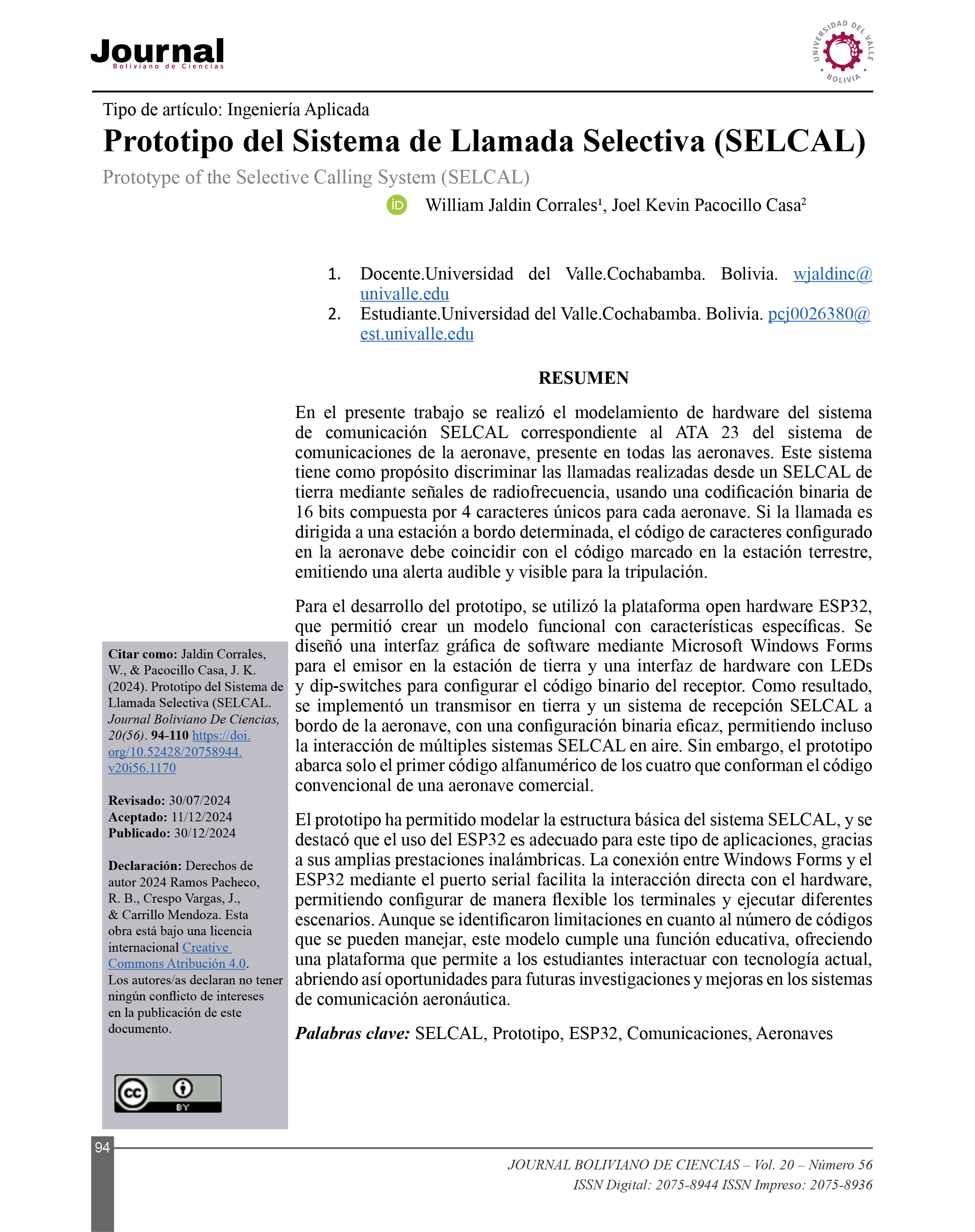
Publicado
Cómo citar
Número
Sección
Licencia
Derechos de autor 2024 William Jaldin Corrales

Esta obra está bajo una licencia internacional Creative Commons Atribución 4.0.
Los autores/as que publiquen en esta revista aceptan las siguientes condiciones:
- Los autores/as conservan los derechos de autor y ceden a la revista el derecho de la primera publicación, con el trabajo registrado con la licencia de atribución de Creative Commons 4.0, que permite a terceros utilizar lo publicado siempre que mencionen la autoría del trabajo y a la primera publicación en esta revista.
- Los autores/as pueden realizar otros acuerdos contractuales independientes y adicionales para la distribución no exclusiva de la versión del artículo publicado en esta revista (p. ej., incluirlo en un repositorio institucional o publicarlo en un libro) siempre que indiquen claramente que el trabajo se publicó por primera vez en esta revista.
- Se permite y recomienda a los autores/as a compartir su trabajo en línea (por ejemplo: en repositorios institucionales o páginas web personales) antes y durante el proceso de envío del manuscrito, ya que puede conducir a intercambios productivos, a una mayor y más rápida citación del trabajo publicado.





